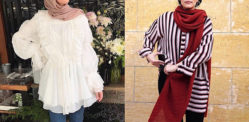Conservative values continue to hold sway in many households.
Fashion has always been a powerful form of self-expression, allowing individuals to showcase their unique style and personality.
However, in the context of Desi homes, particularly in South Asia, there is a longstanding cultural emphasis on modesty that can impact fashion choices.
Join us as we delve into the taboos surrounding fashion in South Asia and explore how these expectations continue to influence the fashion choices of South Asians living in the UK.
From traditional attire to evolving attitudes towards modesty, it is essential to understand the balance between cultural heritage and personal expression in the realm of fashion.
Maintaining Cultural Identity
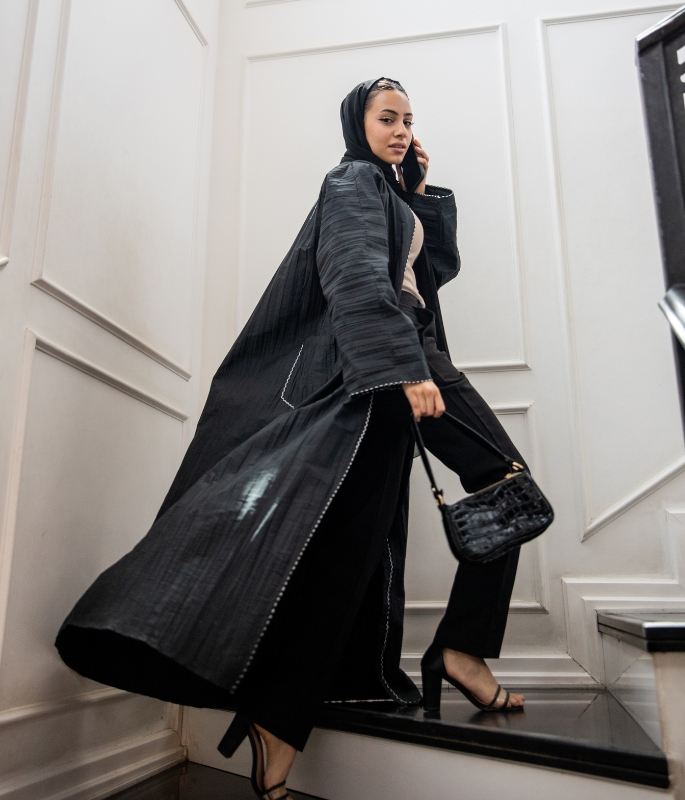
The emphasis on covering certain body parts is a reflection of cultural norms and expectations.
In South Asia, individuals are expected to adhere to these guidelines, albeit with some variations based on gender-specific attire.
For women, traditional clothing such as sarees and salwar kameez plays a significant role in maintaining modesty.
Sarees consist of a long fabric draped around the body, covering the midriff, shoulders, and often the head.
Blouses or cholis are worn with sarees, covering the upper body, while the petticoat provides coverage for the lower body.
The salwar kameez comprises a long tunic paired with loose-fitting pants and a dupatta that can be used to cover the head or shoulders.
These traditional garments cover the torso, legs, and arms, aligning with the cultural emphasis on modesty.
Men in South Asia also adhere to conservative dress codes, often seen in attire like sherwanis and kurta pyjamas.
Sherwanis are long coats worn over the kurta and pyjamas.
They are typically paired with a turban or a head covering, adding an element of modesty.
These traditional outfits provide coverage to the upper body, legs, and arms, reflecting the cultural expectation of modest dressing for men.
In the diaspora, South Asians living in the UK find themselves navigating the preservation of their cultural identity while embracing the diverse fashion landscape.
Western Influence
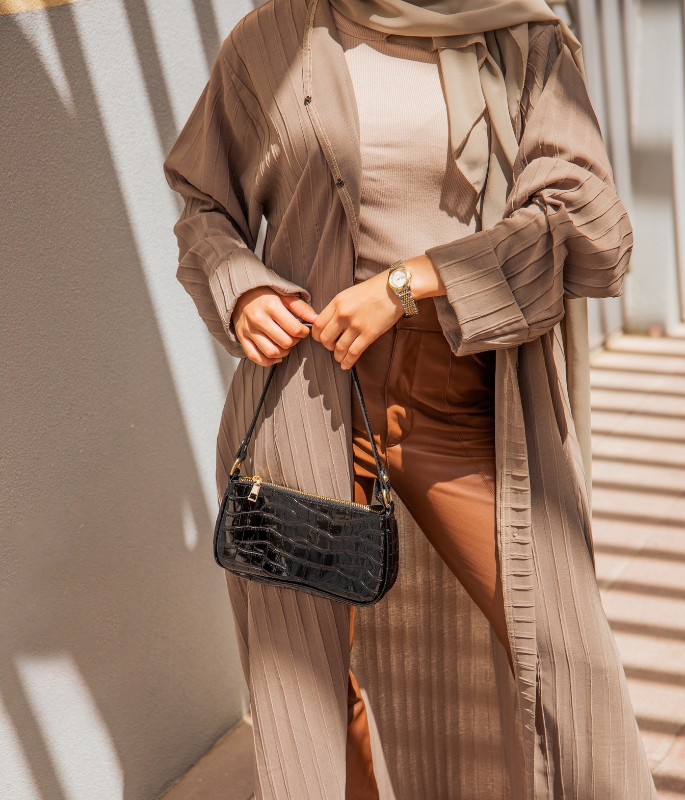
While traditional attire remains significant for religious occasions, many South Asians are also incorporating Western trends into their everyday wardrobes.
One of the notable aspects of Western fashion that South Asians in the UK often embrace is the concept of casual wear.
Jeans, t-shirts, and casual dresses have become common staples in their wardrobes, offering versatility for everyday activities.
This shift towards more informal clothing reflects the influence of the Western lifestyle and the desire for greater comfort.
Another prominent Western fashion trend adopted by South Asians in the UK is the integration of Western-style formal wear into their wardrobe choices.
For special occasions, South Asians often opt for Western-style suits and gowns.
These outfits provide a contemporary and stylish alternative to traditional attire while still maintaining an air of elegance and sophistication.
However, navigating the interplay between Western fashion and traditional values can be a delicate balancing act for South Asians in the UK.
The desire for the freedom to experiment with unconventional styles can clash with the expectations of modesty deeply ingrained in their cultural background.
As a result, individuals often find themselves seeking a middle ground that respects both their cultural norms and their desire for self-expression.
This middle ground can manifest in various ways.
Some individuals choose to adopt Western trends to align with their cultural values by incorporating modest cuts and longer hemlines.
Others may opt for fusion outfits that blend elements of traditional attire with contemporary Western styles, creating a unique fashion statement.
Shifting Attitudes
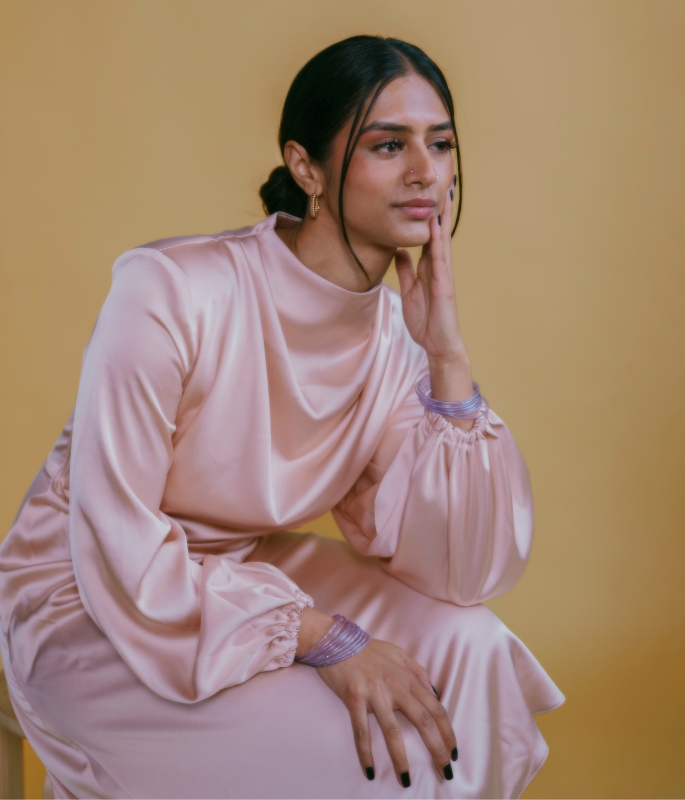
Wearing revealing clothing within the confines of a Desi home can be perceived as a breach of cultural expectations and may lead to judgment or disapproval from family members or the wider community.
South Asian societies often place a strong emphasis on preserving family honour and reputation, and the clothing choices of individuals, particularly women, can be closely scrutinised.
Those who choose to wear revealing clothing may encounter criticism within their social circles.
The repercussions can also extend to strained relationships within the family unit.
Older family members may adhere more strictly to traditional values and view the choice to wear revealing clothing as a sign of disrespect or defiance.
This can result in tensions and conflicts between generations, as differing perspectives on modesty clash within the household.
Furthermore, individuals who choose to wear revealing clothing in Desi homes may experience a sense of self-consciousness due to the internalised cultural expectations of modesty.
This conflict can create a dissonance between personal expression and the desire to conform to cultural norms, potentially impacting one’s self-esteem.
Breaking Stereotypes
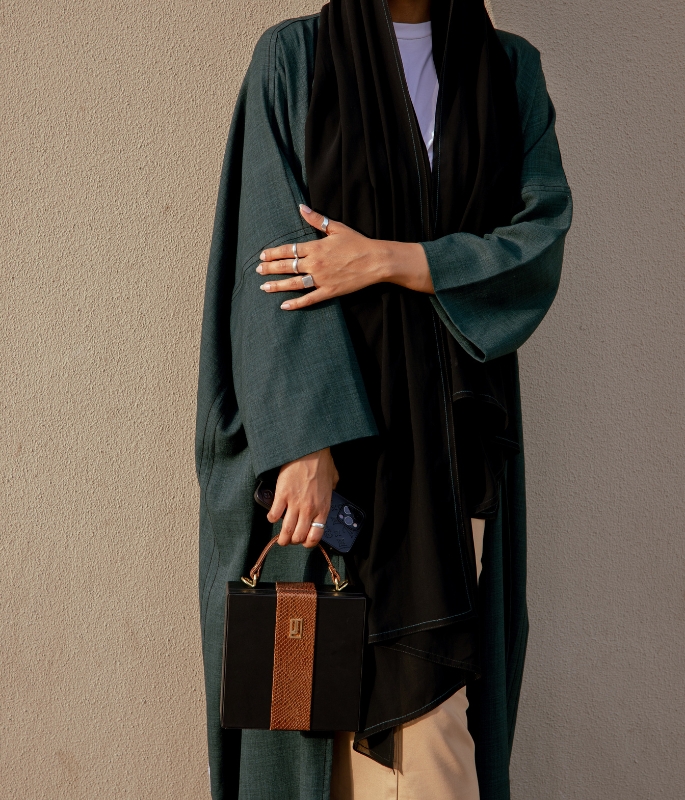
Tunics and longline tops offer a modest and versatile option, providing coverage for the torso while still adhering to cultural expectations.
Maxi dresses, with their floor-length design, exude elegance and style while maintaining modesty.
Palazzo pants, with their wide-legged and flowy silhouette, offer a fashionable alternative to traditional bottoms.
Scarves and shawls, deeply rooted in South Asian culture, can be incorporated into modern styles, adding both coverage and a touch of cultural heritage.
The question of how modest fashion should be in a Desi home is a complex one.
While tradition and cultural identity continue to play a significant role in fashion choices, there is increasing recognition of the need for individual expression.
South Asians living in the UK, caught between traditional expectations and Western influences, find themselves navigating a delicate balance that respects their heritage while embracing personal style.
By challenging taboos, we can promote a more dynamic fashion landscape that celebrates both modesty and individuality.

























































